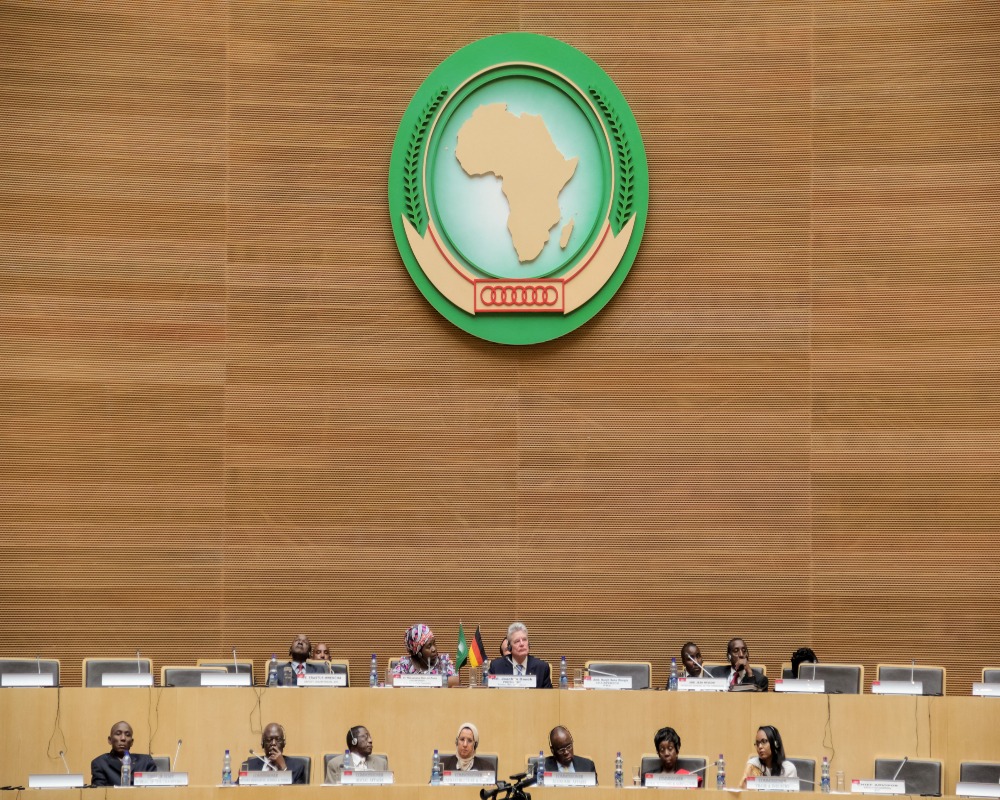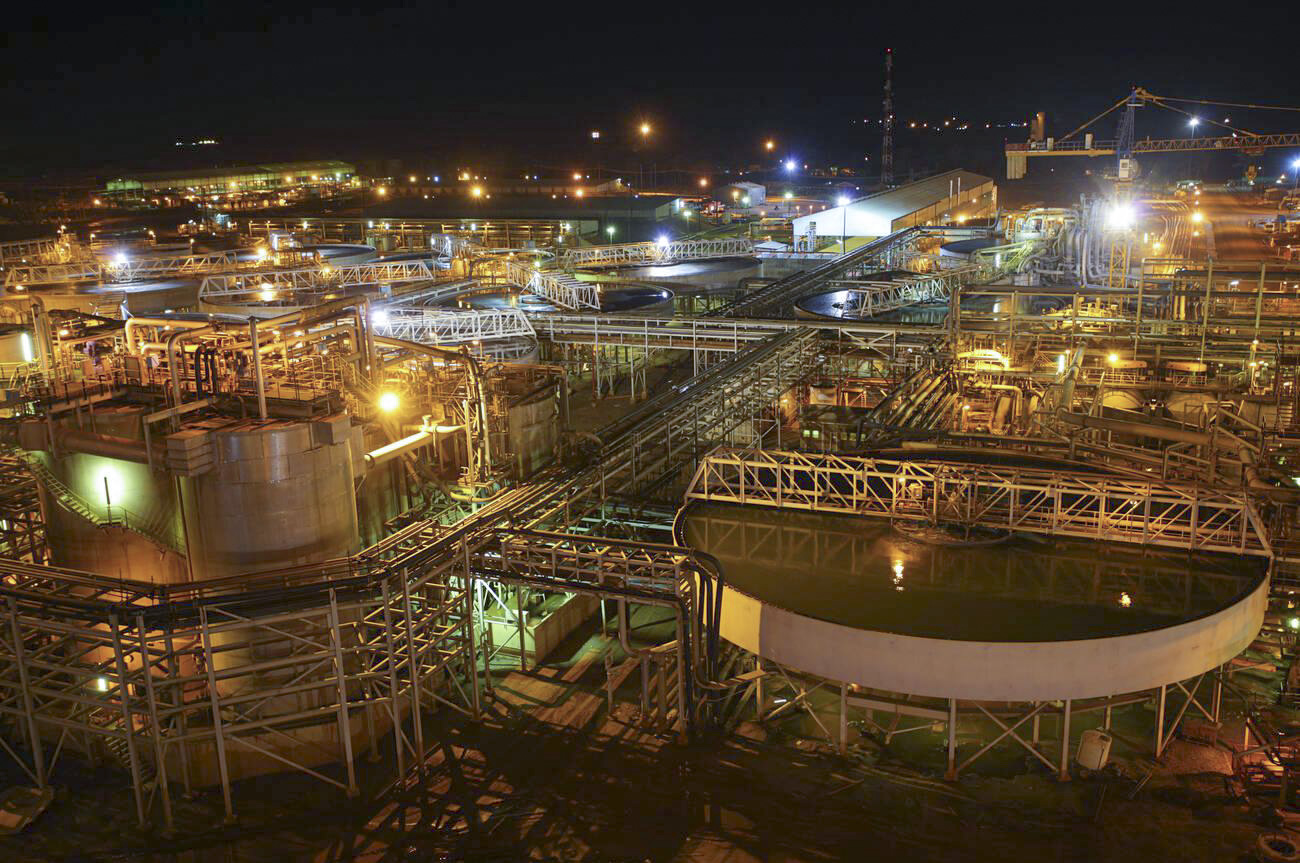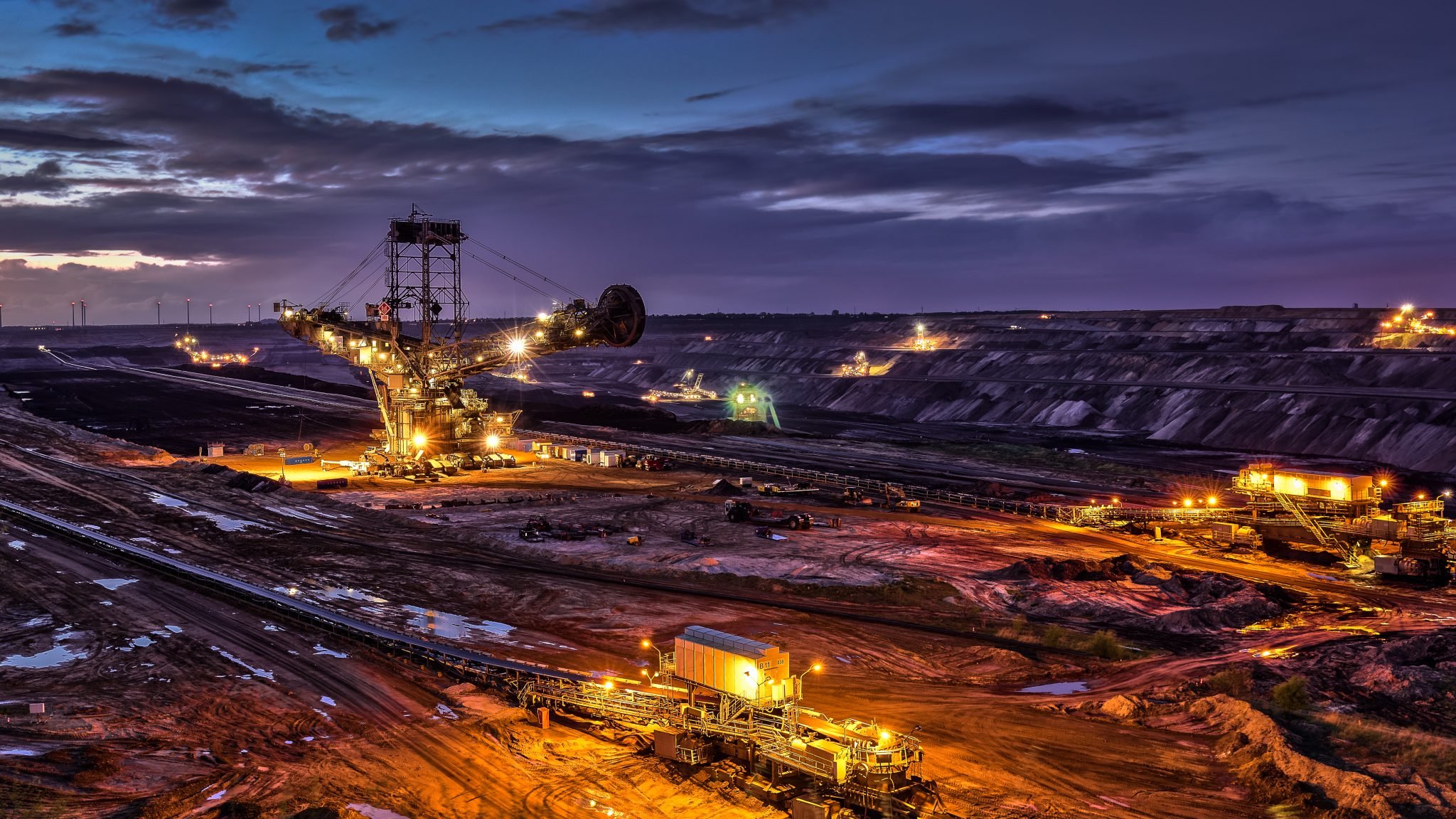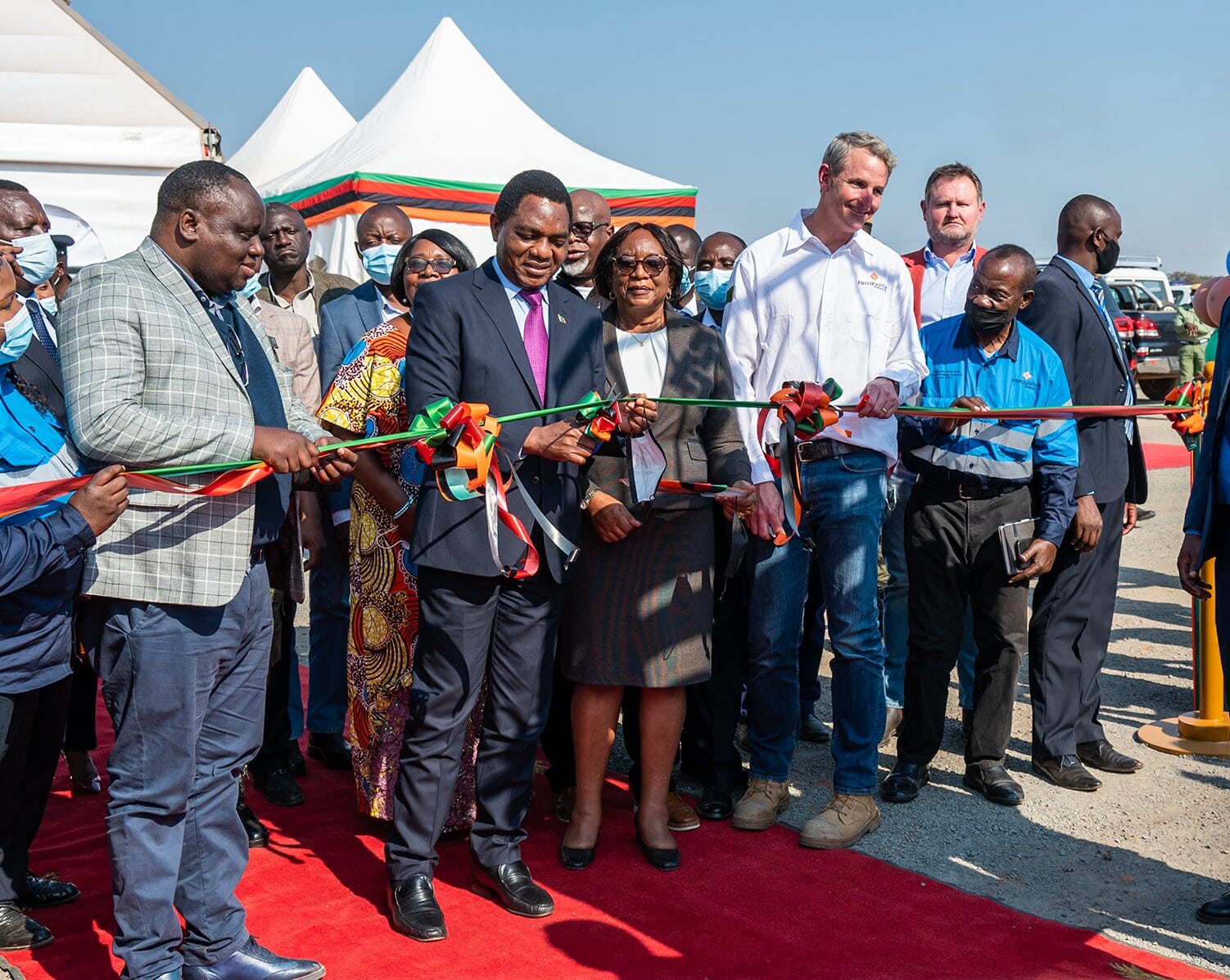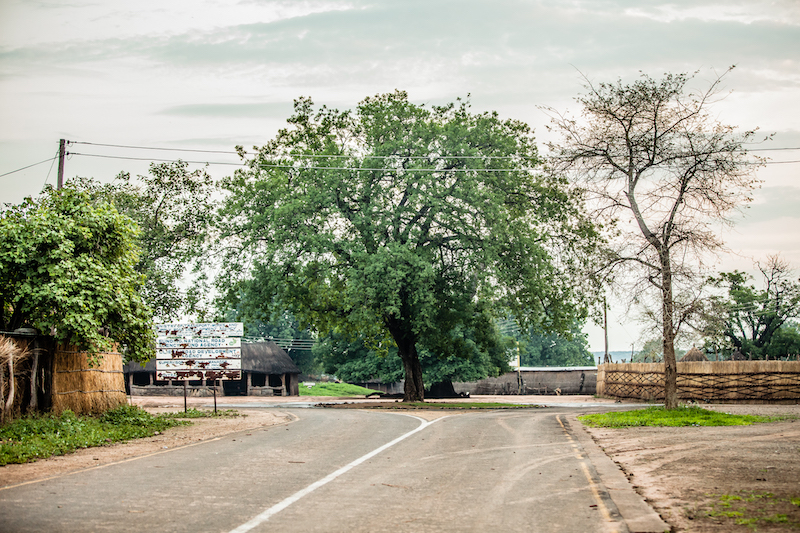As Zambia nears 56 years of independence, it is safe to say we have come a long way and the country has passed through numerous economic phases and models. Since 2011 the Zambian government has embarked on an ambitious developmental drive that has focused on infrastructural projects primarily in the road sector, which has come at a high cost. The vast majority was done with borrowed money, be it multi-sectoral loans from the African Development Bank (AfDB), The World Bank, various other financial institutions and the bond market. Other bilateral partners have come to the fore, most notably China. The result of this has been that Zambia finds itself under immense financial stress in attempting to meet its developmental goals while managing its debts.
Zambia and other African countries face mounting economic challenges and there are more and more calls for solutions coming from the continent rather than outside (organisations such as the IMF and World Bank or donor countries). Why not an IMF for Africa? An African Monetary Fund (AMF) of sorts. Financial analyst Thato Mashigo raises such questions in a recent Business Day article.
Mashigo also asks an “uncomfortable” question: “just how important, if at all, is the success of the African economies to the Bretton Woods institutions?” Africa makes up three percent of the global GDP: maintaining the stability of the global financial system doesn’t require the stability and development of Africa’s economies. So what is to be done for Africa to play a bigger role in determining its own economic future?
There are existing funding institutions on the continent with developmental mandates, such as the (AfDB). Mashigo notes that “these institutions focus more on funding private sector projects as opposed to promoting macroeconomic stability.” Furthermore, a third of the AfDB’s members are non-African states that sit on the board of directors and contribute significantly to its operational funding, so we cannot say its mandate is purely driven by African states.
The question is how would the AMF be funded? African governments would fund the institution themselves. Ongoing funding would require a permanent fiscal allocation from each member state; this could be set up as a percentage of each country’s annual tax receipts, beginning at a nominal fee of 0.5 percent. Mashigo believes that this model would ensure that the AMF’s board, executive committee, policies and disbursements remain the exclusive remit of African member states. Mashigo identifies the larger economies in Africa such as Nigeria, Egypt, South Africa and Kenya as the primary drivers. He notes that “South Africa, despite its deteriorating fiscal position over the past decade, has been able to fund its growing revenue shortfalls via its local bond market.”
There is also the question of how the AMF members would achieve the goal of financial stability and weather the storm of macroeconomic shocks. The AMF could enhance regional payments and currency stability, thereby helping to reduce reliance on external funding, creating a fiscal stabilisation fund and improving terms of trade.
The cardinal sin of fiscal policy is an ove-reliance on external debt. This is even more dangerous when the debt incurred is in hard currency while the revenue generated to pay the debt is in local currency. A way to avoid this debt spiral that so many African countries find themselves in is to deepen local capital markets and prevent this currency mismatch. Zambia relied on issuing eurobonds and has borrowed heavily from China and as a result we find ourselves in acute fiscal difficulty.
The AMF could act as a catalyst to deepen the reserves of local capital markets. Zambia recently began keeping gold in reserve – to ensure that a certain level of reserves are available to counter a liquidity crisis. With such initiatives in place, Mashigo believes that the AMF would be able to create a continent-wide stabilisation fund. This is normally the preserve of sovereign wealth funds. However, given the lack of such funds in Africa, the AMF could fill this role.
The stabilisation funds would ensure balance of payment stability by providing counter-cyclical funding to government. For example when a country’s currency weakens dramatically, like the kwacha in recent months, the government can draw down on capital in the stabilisation fund to ensure that imports can still be purchased with hard currency and that government expenditure continues without budget cuts or raising debt. This in theory would buy the central bank time to defend the currency, without having to deplete its foreign currency reserves. It also signals to currency markets that the country is able to withstand shocks.
Mashigo envisions a situation in which central banks of member states would be in constant communication with the AMF and receive capital injections before situations reach panic levels. The AMF would invest most of its member contributions into special drawing rights currencies, such as the dollar, euro, pound, yen and yuan. This would provide a counter-cyclical mechanism to help governments fund fiscal deficits as well; a common problem for low-income and middle-income countries (a bracket that Zambia falls under) is that there is an over-reliance on a few industries, copper mining in Zambia’s case, and when these industries are in decline, government tax revenues reduce substantially. Mashigo believes that AMF contributions in the good years would help tide over the countries during the lean years.
Good governance, appropriate fiscal policies and clear developmental goals are key in ensuring that Zambia and Africa have a bright future. Zambia is approaching 56 years of independence and it is over 60 years since the first African country gained independence. Over six decades of independence Africans have seen the drawbacks on over-reliance on outside sources for aid and funding. Perhaps it is time to consider an AMF (or similar organisation) and band together more deliberately to create and fulfill our own mandates.
